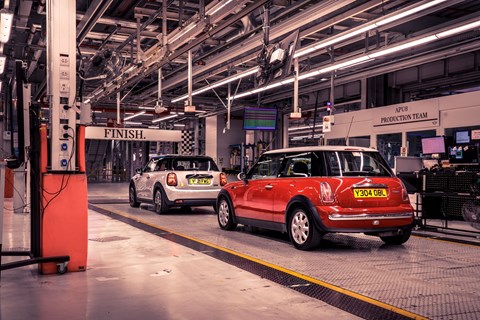► How the icon was reinvented
► What the impact of the new Mini has been
► Parkers editor Keith Adams is our guide
Oh, how time flies. That cliched observation was rammed home this week when BMW reminded me that this week is the 20th anniversary of the launch of the modern Mini. It only seems like yesterday that many of us were trumpeting the total reinvention of Issigonis’s iconic baby car – while a significant slice of the enthusiast community found itself up in arms over the new car.
These were fractious times for the UK car industry, and while BMW set about rebooting the Mini franchise for the new millennium, it continued its retrenchment in the UK. It sold Land Rover to Ford for £1.3bn, and offloaded MG Rover to a quartet of automotive executives for the nominal sum of £10. But quietly BMW was also pouring money into the Mini as well as the factory where it was (and is) built. The Germans knew the value of Mini, understood the significance of this most premium and iconic of small cars.
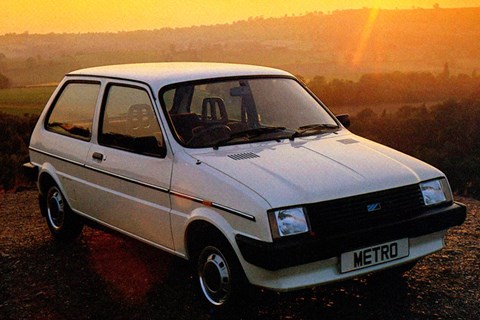
Creating the Mini had been quite a journey. Its replacement had been an ongoing and thorny issue since the late 1960s – first with Mini creator Sir Alec Issigonis’s clever 9X project, then with various supermini ideas culminating with the Austin Metro (above) in 1980. That car should have replaced the Mini in the mid-1980s, but instead the original continued rising in popularity, and remained in production until 1999, with a total of 5.5 million examples produced.
When BMW bought Rover in 1994, it was keen to see what the British company was doing to replace the Mini. The Chairman, Bernd Pischetsrieder, was Mini creator Issigonis’s first cousin once removed, and felt duty bound to continue ‘Uncle Alec’s’ great work. Rover had been working on a new Mini, but there wasn’t enough energy behind it to become a full project. BMW stepped in, and before 1994 was out, had commissioned various parties, including Rover and BMW’s design offices, Giugiaro in Italy and Design Research Associates in the UK, to come up with ideas for the next Mini.
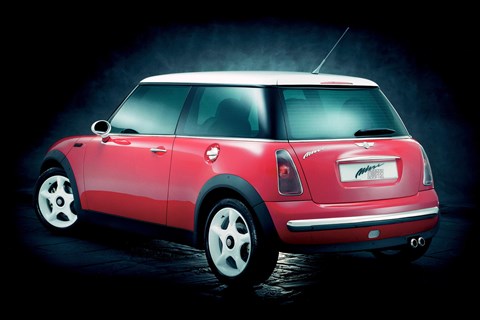
And we know the rest – in a design shoot-out at the end of 1995, a group made up of seven BMW and seven Rover executives plumped for Frank Stephenson’s design – and just two years’ later, the new-generation Mini – project R50 – was previewed at the Frankfurt motor show (above). If that sounds like a quick and harmonious programme, the reality is that the development of the Mini created differences between Rover and BMW at a fundamental level.
An unharmonious relationship
The schism between Rover and BMW at the time is no better illustrated than at the Frankfurt unveiling. The Mini was previewed briefly on BMW’s motor show stand, and several important UK executives weren’t even there when it happened – rushing over from the other end of the show to pick up questions from the UK media.
Mini designer Frank Stephenson recently told me that working with Rover was ‘like dancing with wolves’, and it was true that on the design front, the two parties battled until engineering supremo Wolfgang Reitzle stepped in and instructed Rover to design and engineer the Mini’s body to Stephenson’s specifications. With its one-piece clamshell bonnet and wraparound glazing, this was no mean feat – but the car needed to remain true to the concept.
Under the skin, the engineering of the car ping-ponged between Gaydon and Munich. Initially Rover worked on it having UK-developed suspension and a K-Series engine, but BMW overruled this in favour of its own MacPherson strut/Z-axle set-up and the Chrysler Tritec engine.
With the suspension and drivetrain specs shifting so fundamentally during the development programme, Rover engineers did a fantastic job of packaging the car and making it drive as well as it did. In 2000, Rover’s involvement with the Mini’s development stopped, and it was BMW that eased the new car into production – and just over six months after the original Mini ceased production in October 2000, the first new Minis rolled off the line in Cowley.
That Frank Stephenson’s (below) styling had made it into production almost unchanged proved good news for Mini. Although it was 57cm longer than the original, it was still a small car in real terms when launched, and it looked terrific. Available in Mini One and Mini Cooper forms, and priced and spec'd with personalisation being brought to the fore, this was very much a new era for the brand – and with it, arguably, the premium small car as we know it today was created.
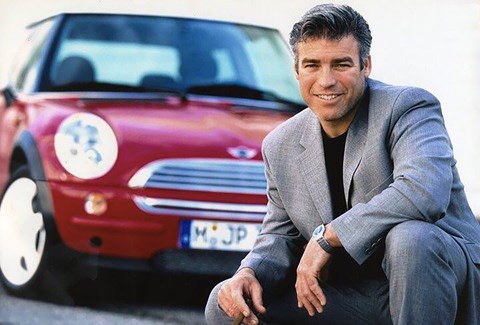
Not so mini
But it wasn’t as well packaged – how could it be given the demands safety posed on a modern car? Alex Moulton, the man behind the suspension for the original Mini, was unimpressed. ‘It’s enormous – the original Mini was the best packaged car of all time – this is an example of how not to do it… it’s huge on the outside and weighs the same as an Austin Maxi. The crash protection has been taken too far. I mean, what do you want, an armoured car? It is an irrelevance in so far as it has no part in the Mini story,’ he said.
But it’s easy to forget today just how much of an impact the new Mini made when it went on sale in 2001. This was the replacement of a motoring icon that had been around since 1959, and which had an army of devoted followers gained over decades. A large section of the classic Mini community found itself up in arms about the new Mini, aghast at what it saw as its high price and lack of Mininess.
It says a lot that Frank Stephenson still thinks the Mini is a career highlight, especially considering what else is in his CV. ‘It was definitely one of the most recognisable cars I did. It was the most incredible story. How often do you get to redesign an icon? You always want a project like this as a designer. It opened doors for me,’ he recently told me.
Yet, I still remember being booed when turning up to a Mini classic car event in 2002 in a new Mini Cooper, and the show’s stallholders selling stickers that said things like: ‘Classic Mini: 100% BMW free’. The new car soon earned itself the nickname of ‘Bini’, and a community that in those early days split itself in two: modern and classic.
Booming sales, British success
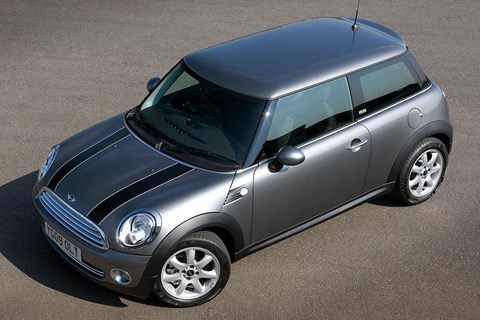
But new Mini sales boomed, as it was offered in numerous overseas markets that British Leyland could only have dreamed about. Production at Cowley soared to meet demand for the new Mini. For years after its launch, residual values were cast in iron, and rivals raced to produce their own versions.
Unlike British Leyland, BMW didn’t hang about developing and replacing the Mini – in 2006, it rolled out the second-generation model, under the codename R56. It was pretty much a case of R50, take two, but was simpler to build, aligned more closely to BMW engineering, and would prove even more popular and profitable.
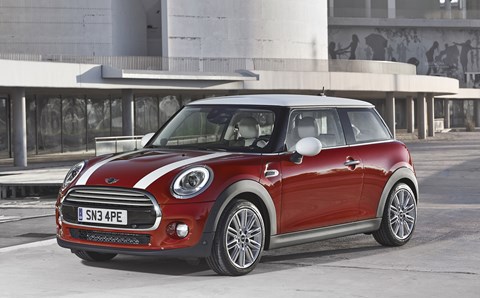
In 2014, the third-generation BMW Mini arrived, and this time, it was a much bigger change – and more of a brand stretch than before. I remember my disappointment upon seeing its bloated and distended styling. I collared lead designed Anders Warming at the launch held in Cowley and asked him what he thought about the new car. He had a great fondness for British cars, but all he could say was that, ‘I’m proud I finally managed to join the upper and lower grilles.’
Despite this, and the increasing number of rivals the Mini faces, it’s still selling well. The antagonism from the classic Mini community seems to have melted away, too. Mini events across the globe now see old and new mixing much more readily, and it looks like the booing has subsided finally. But success and the passage of time will do that – after 20 years, 5.1 million new-generation Minis have been built, and its rapidly closing in on the classic’s tally, which took 40 years to achieve.
Although the current Mini’s design looks to have lost its way a little, that may prove temporary. With electrification and what’s around the corner, there’s a real opportunity to reinvent and keep relevant this most British of icons once again.
